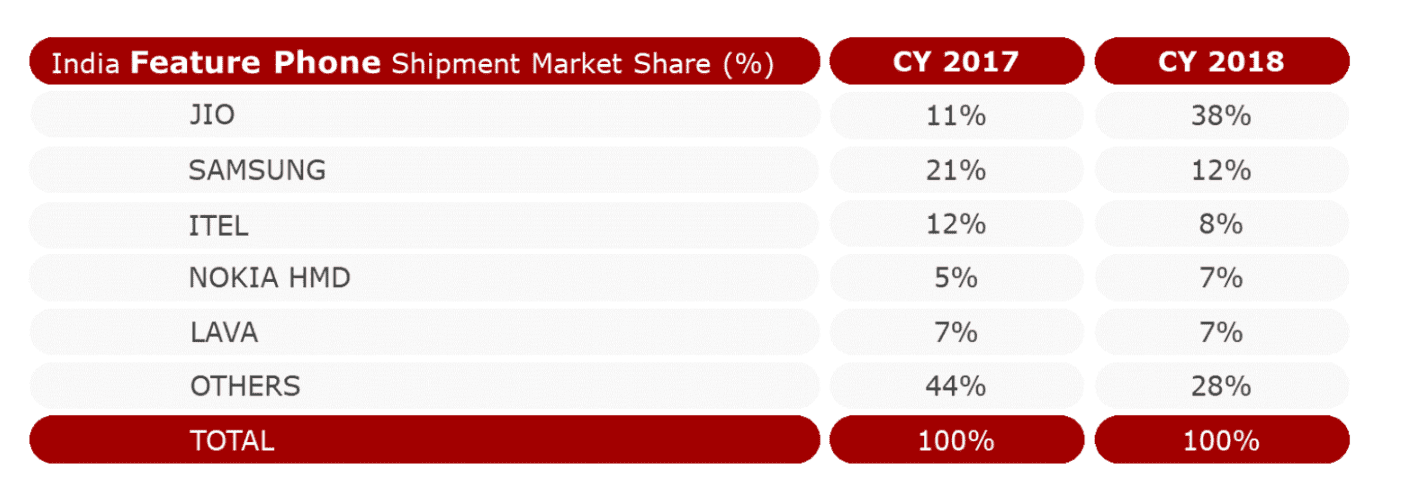I spent some time late last week chatting with one of our earliest investors, John Dukellis. John is a Senior Director at PayPal and leads their next generation wallet offerings. We are privileged to be one of a few investments he has made, and to have access to his perspective and expertise. Here is a writeup of our chat.
What’s your background? What parts are relevant to PayJoy?
I was in venture for five years, part of about 30 deals, a lot of which were focused on fintech. I have been in payment startups for 8 years, including running a Mastercard spinout, and COO for a company doing youth accounts. From there I went to PayPal, been there for about two and a half years, managing our next generation wallet team of 35 global product managers.
PayJoy is finding a way to protect your downside risk and finding a way to serve a market that is underserved with better use of data. It seems very analogous to what Uber is doing for leasing to drivers, as they have controls and good data and they are serving an underserved market.
What inspired you to invest?
The presentation at Village Capital (link) really got to me. I tend to evaluate based on where I think competitive advantage can win and throw a few hard questions in, and the plan was buttoned up. Doug [Ricket, PayJoy’s CEO and co-founder] was a Stanford and MIT guy, as was I, so that gives me additional confidence.
What are the big trends you see going forwards in consumer finance, and how does PayJoy fit in?
Trend 1: If you’re not using more data, then you’re shooting in the dark and getting cherry picked. The whole thing [PayJoy is] doing on underwriting, tapping into social media, and finding a way to do that very very cheap — if you’re not doing that you’re running into an adverse selection problem.
Trend 2: In my travels in Latin America people are used to the installment method, and the underserved segment in the US is likely to get used to that as well. In Brazil that’s just how people buy, and they’re willing to pay a premium for that. You even see Apple come in with a rent a phone type plan, but even better is an installment schedule where you own the phone.
Trend 3: Particularly on the loan side, how do you incentivize people to the right behavior, which involves asking for the right downpayment? For me there is a behavioral part to this. If you’re an Uber driver, you need to drive a certain amount to make your payment, or your car gets shut off. In this case, its down to the amount you put up front. PayJoy asks people to put 20% down, and the phone doesn’t work if you don’t pay. You have to count on consumers to behave the way you want them to behave, not just focus on a loss pool. That’s where I am seeing consumer finance heading.
Also, no one has cracked retail yet except for big box appliance stores, where heavy underwriting made sense. The fact is that electronics is now where people are spending a lot of their money. Someone has to win this. You see Apple coming in with their strategy. PayPal credit has struck some partnerships where they have done a lot of consumer electronics financing successfully. Electronics are now considered a core utility with a high up front costs. PayJoy is solving a known problem in a hugely growing area.
Where is the biggest need for PayJoy?
I think it’s in the market where the phone is the computer. There’s a heavy underserved population that’s looking to help get that purchase done. By getting that purchase done you’re helping them do a lot more and a lot more cheaply. Moving from a flip phone or a low end smartphone to a full end smartphone can make their lives significantly better.
How will mobile impact payments and finance?
On the product side, the fact is that mobile is so important that it needs finance. I think consumers are expecting to do everything on their mobile phone. Here you are in this situation where all servicing is happening electronically. Because you’re tied into a phone and you’re servicing through the phone, you’ve cut your admin costs down tremendously. Admin costs have traditionally been a significant cost of the account, depending on the yield. That’s a serious competitive advantage that you don’t have to worry about the paper based costs. Also, the fact you have a direct line into the borrowers on the products they’re using is critical.
—
If you would like to have a chat about payments and onboarding the next billion, please don’t hesitate to reach out on mark@payjoy.com




